Skateboard speedometer MKI
Jonathan Hare, The Creative Science Centre, Sussex University
Please also see the main article for more details Longboard Speedo
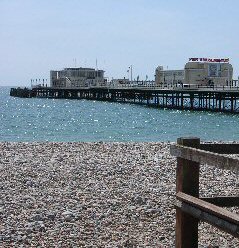
|
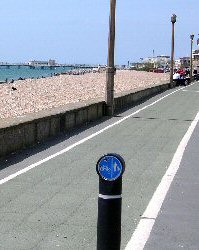
|

|
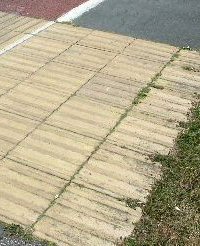
|

|
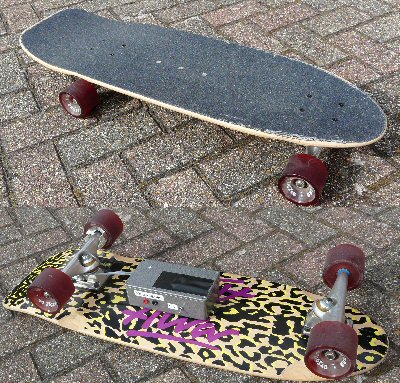

|

|

|

|

|

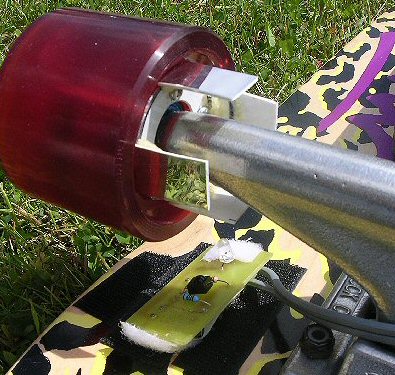
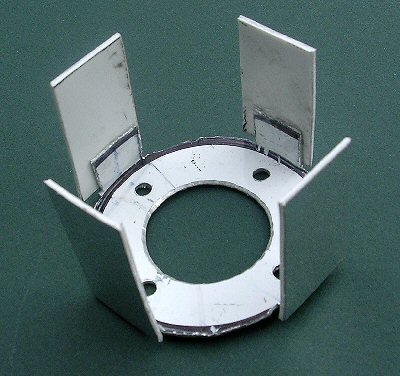
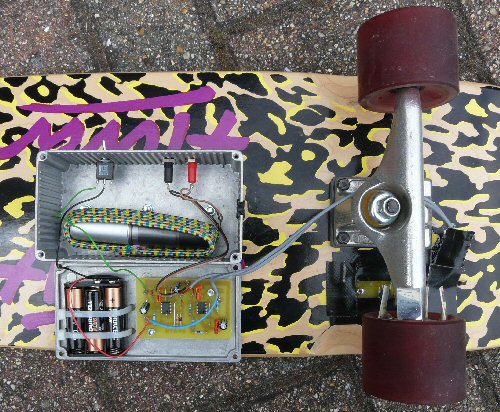
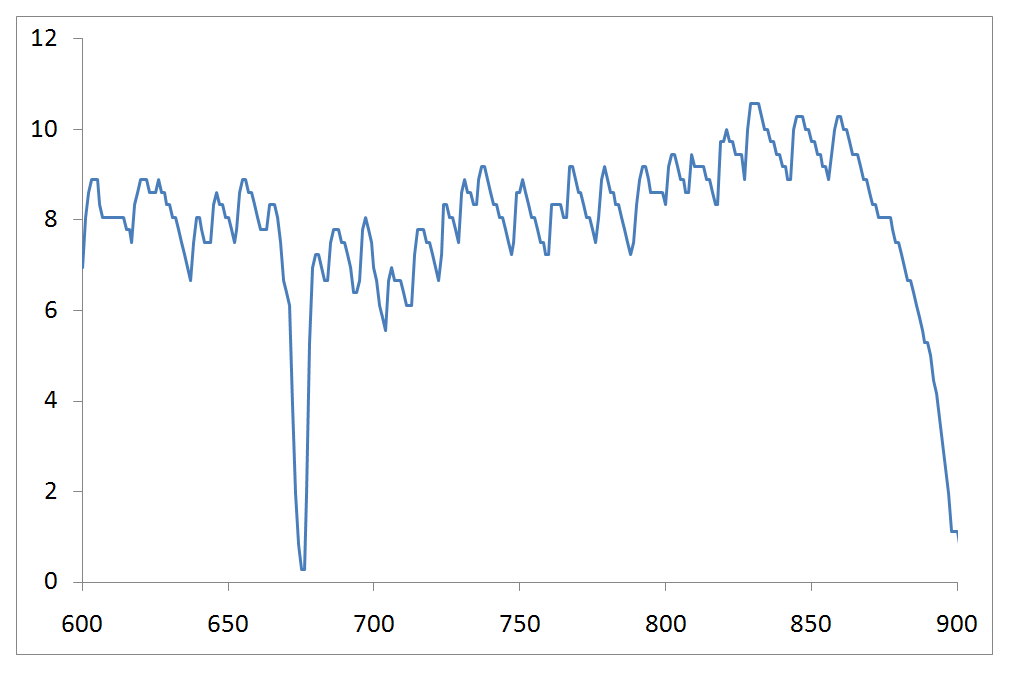
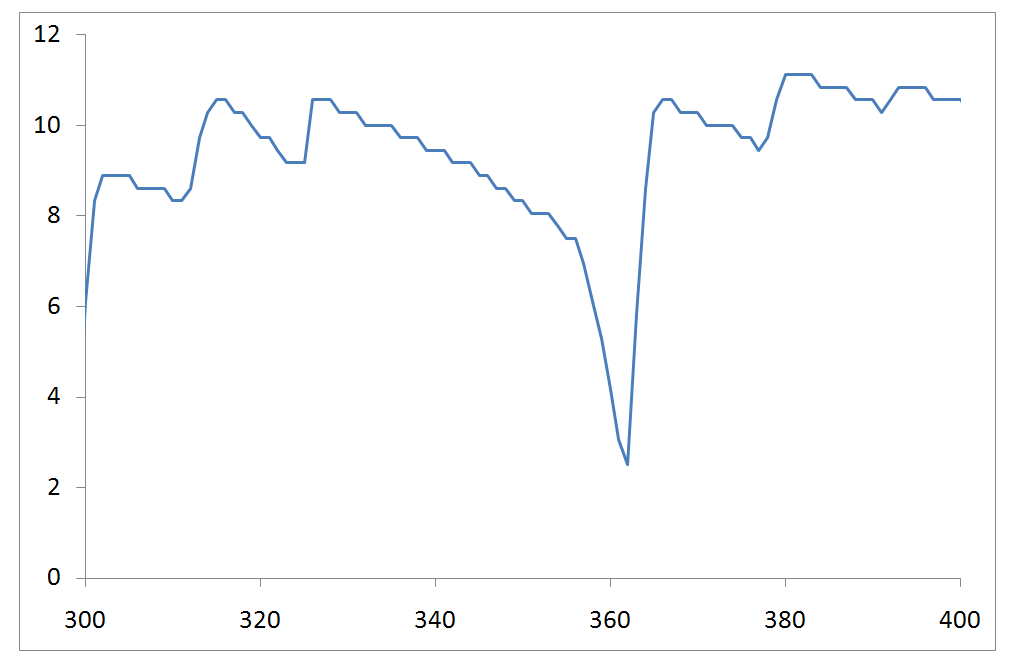
THE CREATIVE SCIENCE CENTRE
home | diary | whats on | CSC summary | latest news